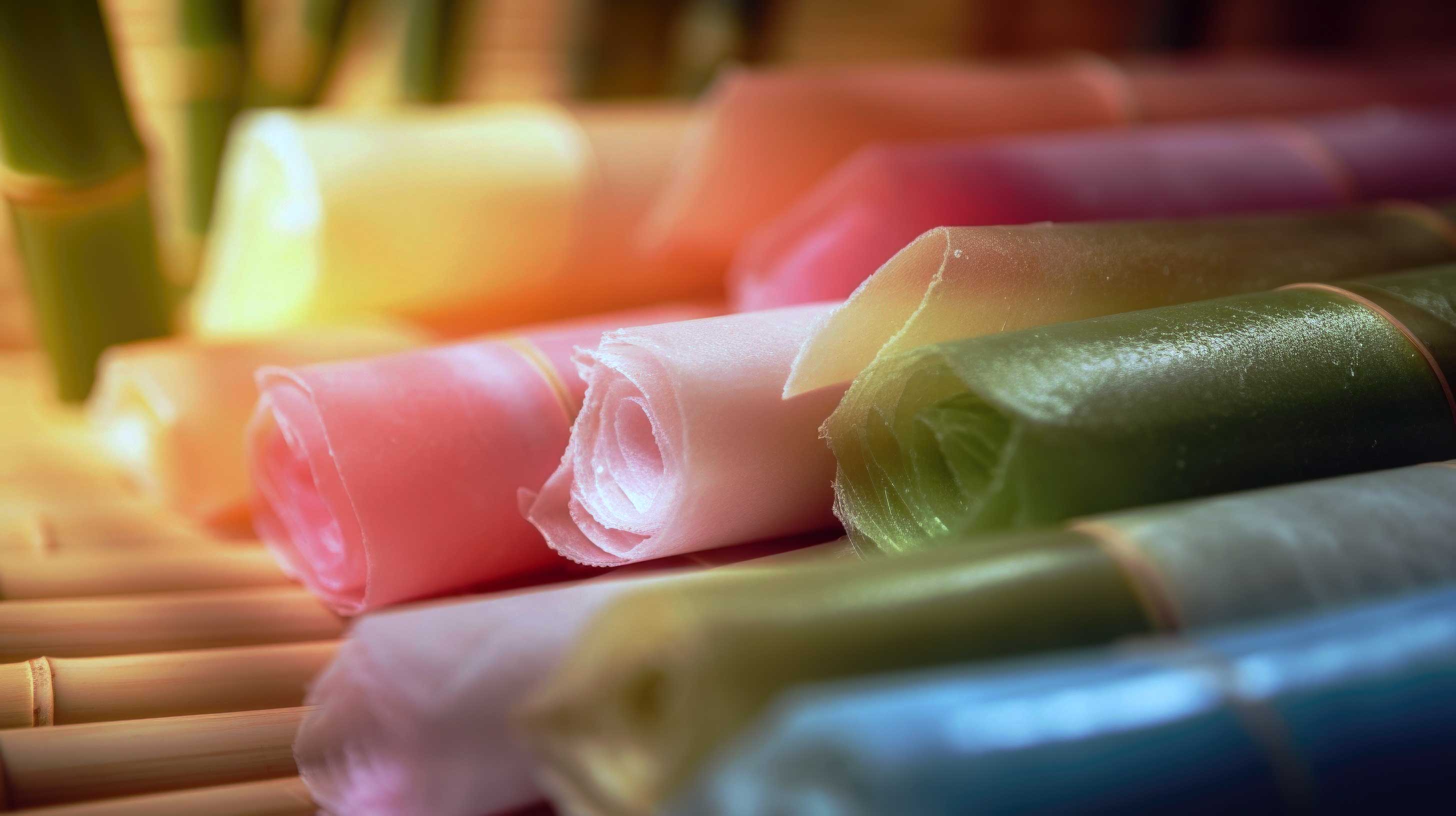
Are bamboo textiles the next big thing in soft, sustainable natural fabrics? Unfortunately, claims about bamboo fabric’s naturalness and sustainability have been vastly inflated. While bamboo can be a relatively eco-friendly crop, the production process for bamboo fabric uses toxic chemicals, which cause massive environmental damage, endanger the workers who produce the fabric, and potentially leave traces on the fabric itself.
Eco Fraud: Bamboo Fabrics
While it is possible to make natural fabric directly from bamboo plant fiber, it has a rough, jute-like texture, and is only a tiny percentage of the bamboo fabric currently on the market. The vast majority of fabric being marketed as bamboo is bamboo viscose, a semi-synthetic textile made using the same processes as rayon.

Both textiles are semi-synthetic; they are partially made from the cellulose found in trees or bamboo, a natural material, but are highly processed and retain few of the properties of these natural materials. Rayon is made with a harmful chemical, carbon disulfide, and is even a cause of deforestation - according to the non-profit Rainforest Action Network’s Out of Fashion campaign, 120 million trees are cut down annually to make our clothes. Rayon and bamboo viscose, as synthetic textiles, are environmentally damaging and less comfortable than natural textiles.
How Are Bamboo Fabrics Made?
The process of producing bamboo fabric is complex. Bamboo pulp is first crushed and soaked in Sodium Hydroxide to extract the cellulose. According to the Centers for Disease Control and Prevention (CDC), Sodium Hydroxide can burn the eyes, skin, and inner membranes, and cause temporary hair loss. After several rounds of processing, the pulp is treated with Carbon Disulfide, and then added to another sodium hydroxide solution to create a viscose solution. According to the CDC, exposure to Carbon Disulfide can harm the eyes, kidneys, blood, heart, liver, nerves, and skin. This viscose solution is forced through a spinneret into a container of Sulfuric Acid to create hard filaments, which are spun into yarn and woven into textiles. Sulfuric Acid (H2S04) is a corrosive substance, destructive to the skin, eyes, teeth, and lungs. Severe exposure can even result in death.

While the bamboo plant is natural, sustainable, and has antimicrobial elements, the finished textile, a synthetic creation from cellulose fibers, has little relation to the bamboo plant and few of its benefits.
The production process of bamboo fabric is disastrous for people and the planet. Carbon Disulfide is highly toxic and has been linked to severe health issues, including damage to the lungs and nervous system. Sodium Hydroxide and Sulfuric Acid are highly corrosive and can irritate or even burn the skin and lungs. As a result, working conditions in bamboo viscose factories are very dangerous, and excess chemicals from the production process often leak into the environment, polluting the air and water. Evidence has also been found that chemicals from synthetic textiles like bamboo viscose can leach into the skin, causing issues for wearers. For these reasons, environmentally-conscious brands like Patagonia choose not to use bamboo in their products, and many eco-conscious consumers avoid bamboo clothing.
Organic Cotton - A Natural, Sustainable Alternative

In contrast to the semi-synthetic bamboo fabrics, organic cotton is a 100% natural fiber. Natural fibers consistently rank over synthetic fibers in comfort, sustainability, and durability, making organic cotton the best choice for sensitive skin. The production process for organic cotton also prioritizes a low environmental impact, using as little water as possible and avoiding toxic chemicals.
Bears for Humanity is a GOTS-certified organic products company. We make beautiful, safe, organic plush and apparel with GOTS-certified organic cotton to protect our children, our workers, and the environment from harmful chemicals. Click here to learn more about our certifications and commitment to sustainability. Together, we can make our world safe and sustainable.



